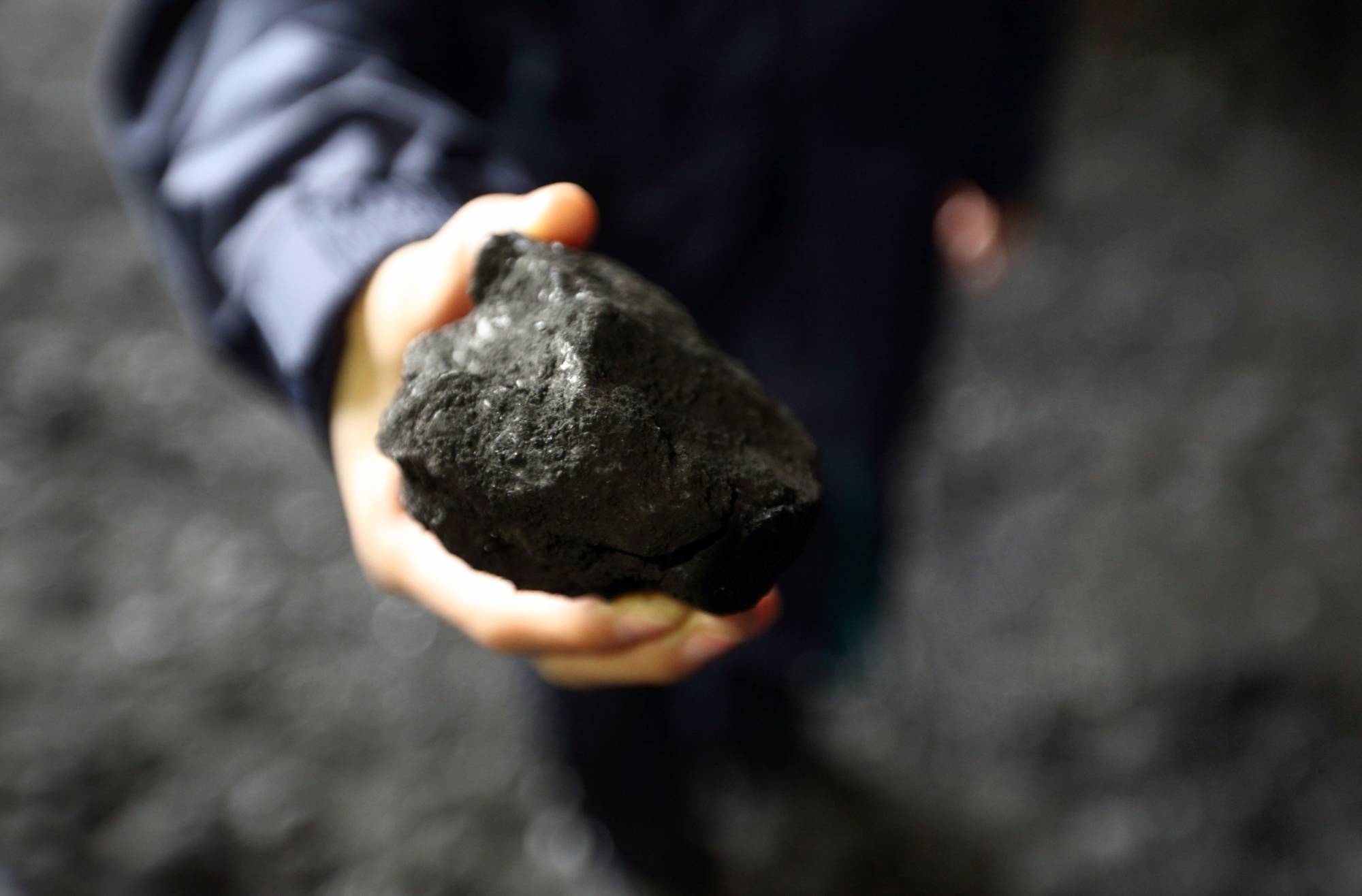Japan remains far behind many other advanced economies in the use of renewable energy such as wind and solar power. The government is now weighing a new set of measures to promote renewable energy, including expanding offshore wind power and reviewing the rules on access to the power transmission system — one of the key hurdles to increased use of renewables.
These efforts should be backed up by a much more aggressive target for increasing renewable energy in this country — to prompt greater investments in the sector and to drive home the government's commitment to de-carbonizing the nation's energy policy in the fight against climate change.
The government's basic energy policy calls for turning renewables into a principal source of power supply. However, the target share for renewable energy in the 2030 power supply mix — 22-24 percent of the total — is even lower than the 26 percent envisioned for coal-fired power plants, which many other industrialized nations plan to phase out because they emit more global warming gases such as carbon dioxide than other sources of power. Renewable energy including large-scale hydraulic power accounted for 17 percent of the nation's power supply in fiscal 2018 — nearly double the 9 percent in 2010 but still well below the levels in advanced European economies.



















With your current subscription plan you can comment on stories. However, before writing your first comment, please create a display name in the Profile section of your subscriber account page.